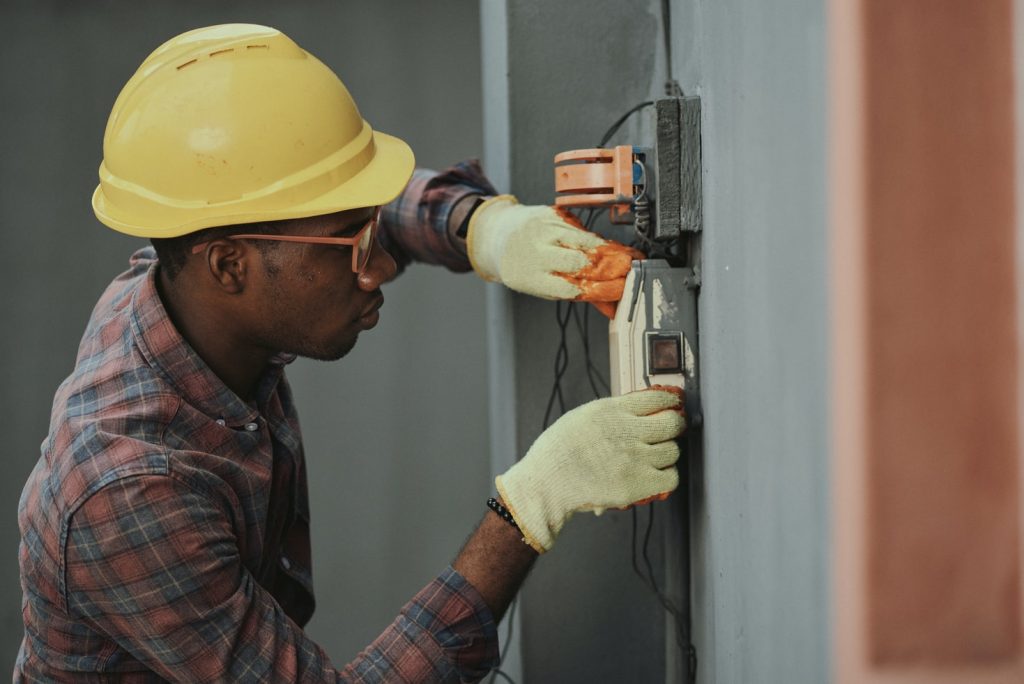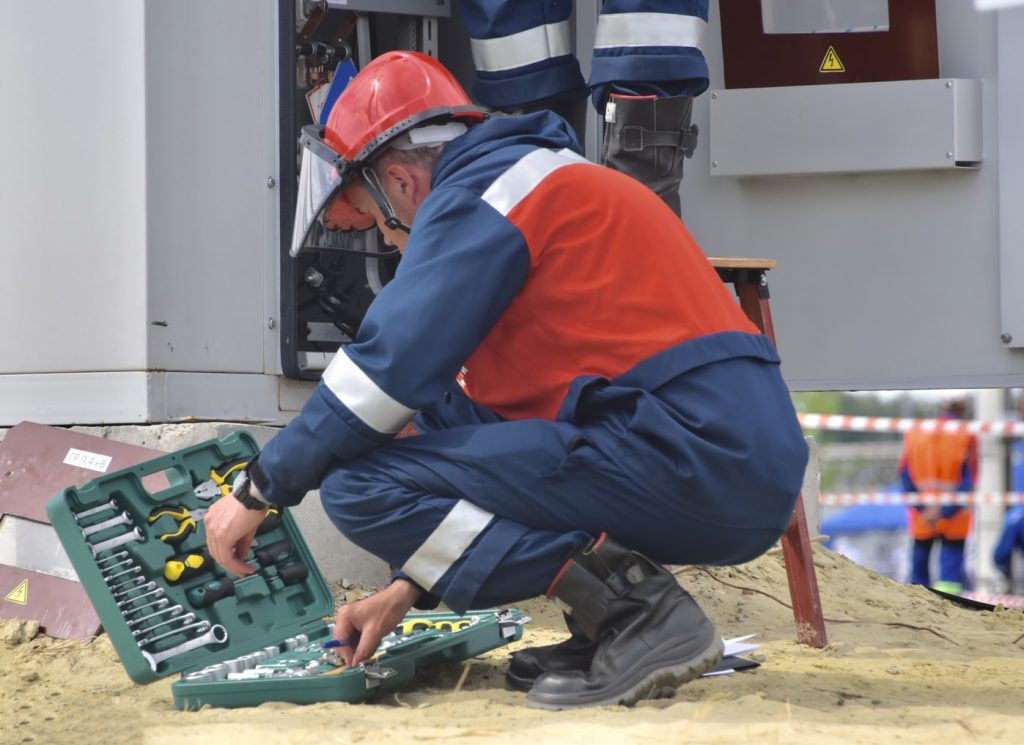
Concrete Slab Crack Repair: Tips and Techniques
Concrete is one of the building materials that is known to be the most long-lasting and robust option. On the other hand, just like any other material, it is susceptible to degradation over time, particularly if it is not maintained in the appropriate manner.
Cracking in the concrete slab is one of the most typical forms of damage that can manifest itself in a structure. The good news is that mending these cracks is typically a straightforward endeavour that can be carried out by virtually anyone armed with the appropriate equipment and a modicum of prior experience.

When mending a crack in a concrete slab, one of the first things to think about is what caused the crack in the first place. There are a lot of things that can lead to cracks, such as shrinkage, settlement, or the application of large weights. After determining what caused the break in the first place, choosing the most appropriate way of repair becomes much simpler.
Before beginning the process of repair, the crack needs to be meticulously cleansed in order to guarantee that the repair material will attach in the correct manner. Either a wire brush or a high-pressure washer can be used to accomplish this task. After the crack has been cleaned, there is a period of time during which it must be allowed to completely dry out before the concrete slab crack repair may continue.
When it comes to repairing a fracture in a concrete slab, one can choose from a wide variety of different types of repair materials. A concrete patching compound is one possibility. This is a material that has already been put up and may be applied straight to the fracture. Cementitious repair mortar is another alternative; it comes in the form of a powder and, before it can be applied, it needs to be combined with water. Cracks can also be repaired with materials based on epoxy, which are frequently chosen as the method of choice for repairing larger or more intricate cracks.
It is critical to pay close attention to the directions provided by the manufacturer, and this recommendation applies to any kind of repair material. This will ensure that the repair is carried out correctly and will last for the longest amount of time possible. In addition to this, it is essential to ensure that the material for the repair is applied uniformly and that any surplus material is removed before it has a chance to dry.
After the damage has been fixed, it is essential to take preventative measures to stop other fractures from appearing in the structure. Sealing the concrete surface is one way to accomplish this goal. Doing so will prevent moisture from penetrating the concrete and creating harm. In addition, any large loads that are being carried should be dispersed uniformly across the surface in order to avoid creating concentrated stress in one particular region.

In certain circumstances, repairing a crack in a concrete slab might require the assistance of a trained specialist. This is especially the case when the crack is large or when the underlying cause of the crack is not entirely understood. A trained expert can evaluate the circumstance and make suggestions regarding the most effective next steps to take.


























